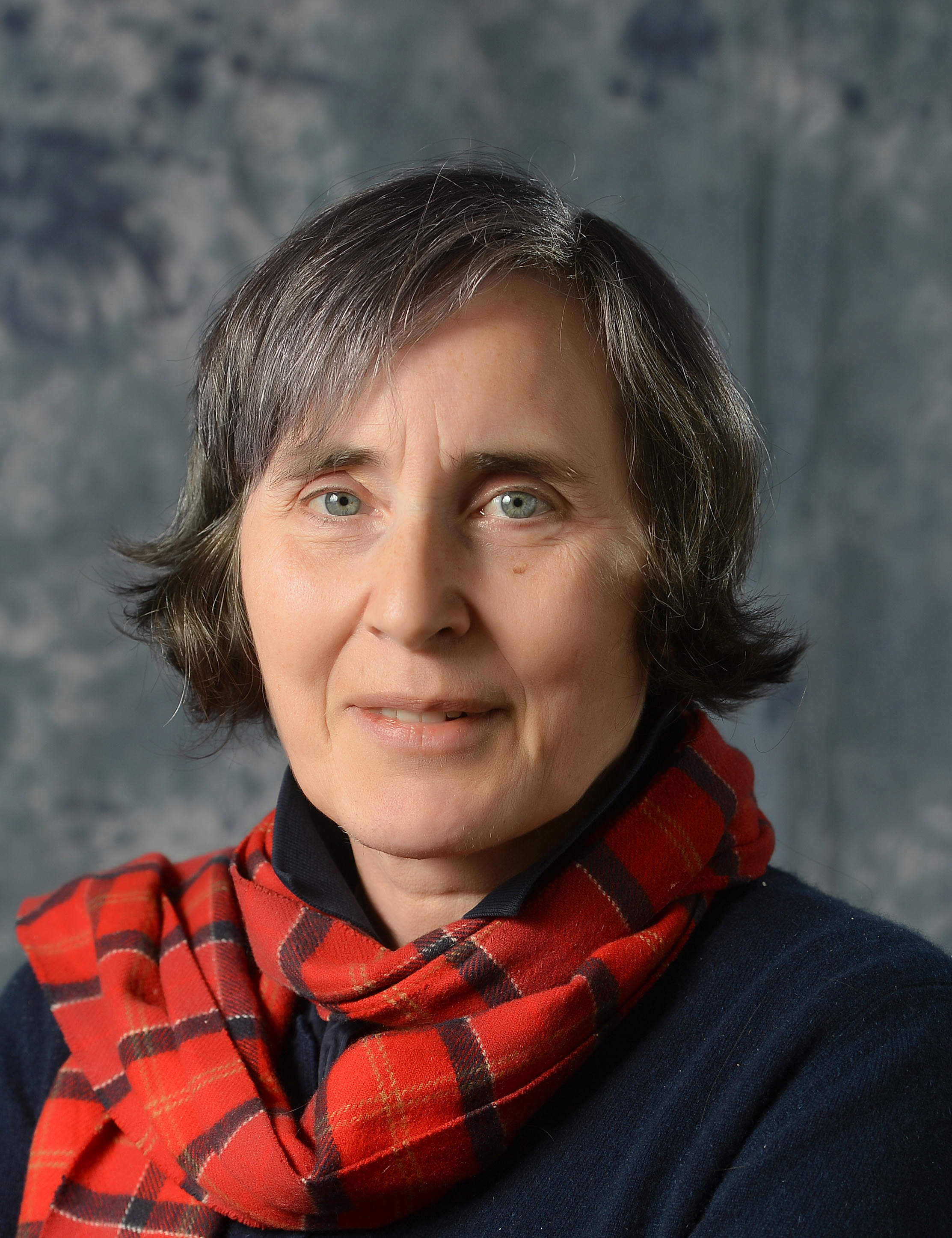
Dr. Mary Schooling, a professor at the CUNY School of Public Health and a team of international colleagues studied the association on the transition from limited to plentiful living conditions over generations with cardiovascular risk. The work was published in the Journal of Adolescent Health.
In a migrant population within a homogenous culture, the research team tested the hypothesis that an intergenerational “mismatch” in childhood living condition was associated with higher body mass index and blood pressure in childhood and adolescence.
The team used data from 6,965 native born Chinese in Hong Kong (participated in “Children of 1997” birth cohort) and migrant Chinese born elsewhere in China in 1997 (N = 9,845). They classified children into those with intergenerational mismatch (child migrants or first-generation migrants) or those without (second+-generation migrants). The research team used generalized estimating equations to examine the associations of migration status (child migrants, first-generation migrants or second+-generation migrants) with age- and sex-specific body mass index z-score at 8 – 15 years and age-, sex-, and height-specific blood pressure z-score at 11 – 13 years, adjusted for sex, month of birth, and age.
Compared with second+-generation migrants, first-generation migrants had higher diastolic blood pressure z-score and body mass index z-score, whereas child migrants had higher diastolic blood pressure z-score regardless of age at migration and higher body mass index z-score if they had migrated in infancy.
Dr. Schooling concludes, “Migrants having higher diastolic blood pressure than native born children and adolescents suggests that blood pressure may be affected by inter-generational and early life experiences.”




